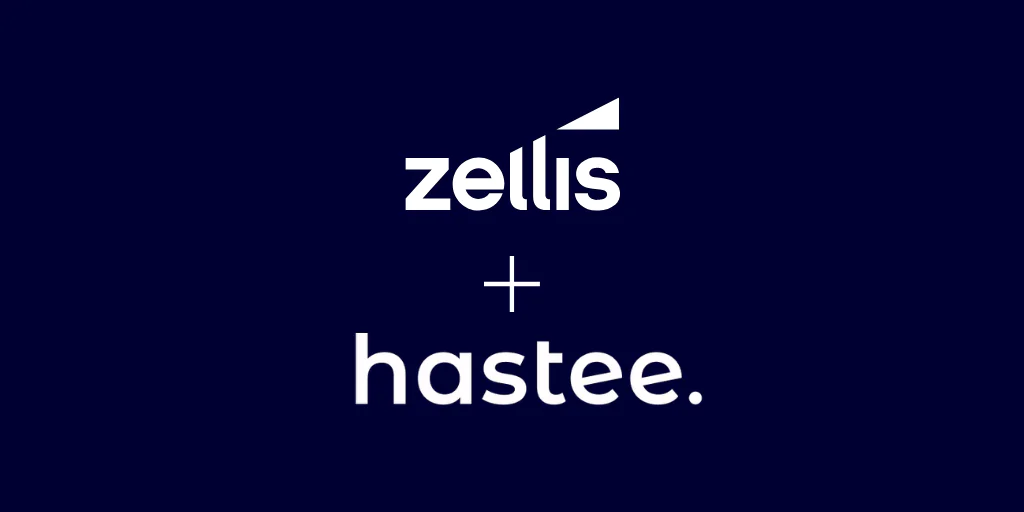When borrowing money, don’t simply look for a loan with the lowest monthly repayment. Before you sign up, make sure you know the total cost of repaying the debt.
What is the ‘true cost of borrowing’?
The true cost of borrowing takes into account:
- The loan amount
- the cost of any fees
- the frequency of repayments
- the length of the borrowing term
- the rate of interest you’ll be charged
- and works out the total amount you will have to pay to the lender.
Deciding on the loan amount
Before you go ahead and borrow any money, there are some important questions you need to ask yourself.
- Is whatever you want to spend the money on absolutely essential?
- Could you save up or use savings instead of borrowing?
- How much can you afford to repay? This is a much better question than ‘how much do you need to borrow?’
Here are some links that will help you work out the answers to these questions:
How long do you need to borrow the money for?
Make sure you choose the shortest term you can manage.
Use our Loan Calculator tool to see what you could afford to repay. Longer-term loans with lower monthly repayments might seem more appealing, but they are far from ideal. Your total repayment will be higher, as you’re taking longer to clear the loan while the interest stacks up.
In the example below, you’d end up paying back £677 more if you go for the five-year term rather than the three-year term.
| Loan term | Amount borrowed | APR | Monthly repayment | Total amount to repay |
|---|---|---|---|---|
| 3 years | £5,000 | 11.72% | £165.40 | £6,631 |
| 5 years | £5,000 | 11.72% | £110.52 | £7,298 |
It’s far better to opt for a shorter loan term and pay back more each month if you can afford to.
Don’t just pay the minimum payment
So-called ‘minimum payments’ on credit cards can be a debt trap. The minimum payment is the lowest amount you have to pay every month to avoid a penalty. It’s usually based on a percentage of the balance, so it decreases every month as your balance reduces, meaning it takes longer to clear your debt. If you only make the minimum monthly repayments, paying off the balance will take you much longer to pay off the balance and cost you far more in the long run. For example, if you borrow £2,000 on a 19% APR and only pay the minimum payment every month:
- it will take you 24 years and 2 months to repay it
- you’ll pay back £4,731 in total
- the total interest you have to repay will be £2,731.
How often will you need to make repayments?
Choose regular repayments over lump sum payments. If you choose to repay a loan in one lump sum rather than make regular repayments, you’ll typically end up paying more in interest.
Work out the interest you’ll have to pay
Make sure you understand the APR. Interest is usually expressed as an APR, which stands for ‘annual percentage rate of charge’ and includes arrangement fees and charges. You can use it to compare different credit and loan deals, for example by using a price comparison website.
Generally, the lower the APR, the lower the cost of borrowing, and therefore the better the deal. However, be aware that loan providers only have to offer the advertised APR to just over half (51%) of borrowers they lend to.
Fees – remember to take them into account
Fees might not feature prominently in the headline quote when you search for credit on comparison sites.
However, it’s important to check for any fees, such as late payment, default, or settlement charges, as these can make a huge difference to the total cost of credit.
This article is provided by the Money Advice Service.










